Melilla
A five-square-mile slice of Spain on the Mediterranean coast of North Africa.
“Non-Iberian Spain” and “Plaza de Soberanía” are two of the terms used to describe Melilla, a small city near the Moroccan city of Nador—that is technically in Spain.
Unlike other parts of Morocco that were colonized by Spain in the 19th and 20th centuries, Melilla has been officially “Spanish” since 1497, in the days of Ferdinand and Isabella. As such, Melilla is referred to as a “place of sovereignty” by the Spanish government. By the Moroccan government, it is considered occupied territory.
The oldest part of the town, Melilla la Vieja, is a large fortress built during the 16th and 17th centuries. Now restored, the fortress houses churches and museums. Ensenada de los Galápagos, a small beach, is accessible from the fortress.
In the newer part of town, starting at the main Plaza de España, architecture fans will find a treasure trove of “modernisme” buildings, most designed by Gaudí’s protégé and Melilla’s official city architect, Enrique Nieto. Another architectural highlight is the bullring, dating from 1947 and currently the only working bullring on the African continent.
Although Spanish is the official language, many people of Moroccan origin make their home in Melilla, and visitors to the city are just as likely to encounter a jellaba-clad woman speaking Riffian-Berber as they are to see a mantilla on the head of a Señora with a Castilian accent. And while Catholic Semana Santa processions happen in the streets before Easter, the Islamic Eid al Adha is also recognized as an official holiday.
Melilla’s status is hardly without controversy, even after 500 years of Spanish rule. Today many immigrants and refugees make their way to Melilla hoping to access mainland Europe. Since at least the 1990s (when European Union membership required Spain to improve their border controls) there have been reports of inhuman treatment, from authorities on both sides of the border, towards those attempting to cross into Melilla.
In addition to issues with immigrants, many despair at the sight of the Moroccan women who make a meager and hard living transporting goods from Spain to Morocco. Spanish laws allow Moroccans from the nearby Nador province to enter Melilla without a visa and Moroccan law allows those crossing back into Morocco to claim anything they can carry as duty-free “personal luggage.” Many Moroccans, especially women with few other employment options, have taken to hauling loads many times their weight over the border to be sold to Moroccan merchants.
Despite the swirl of controversies, Melilla is a unique destination for those interested in the history and the future of European-African relations.
Know Before You Go
From mainland Morocco take a train or bus to Nador and then catch a taxi to the border. The border can be chaotic but walking over requires only a passport (unless you are from a country requiring a visa to visit Spain/EU, in which case you also need a visa) and filling out a short form about your visit. Some may try to sell you this form as you wait in line, but you can simply grab a free form from the border control. There are also ferries between Melilla and mainland Spain.
Of note: when asking for taxis or otherwise discussing Melilla, Moroccans pronounce it meh-LEE-lee-ah which Spaniards pronounce it meh-LEE-yah.
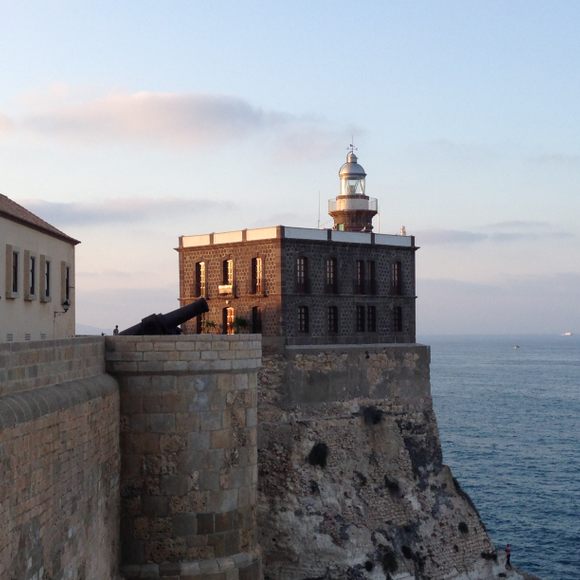

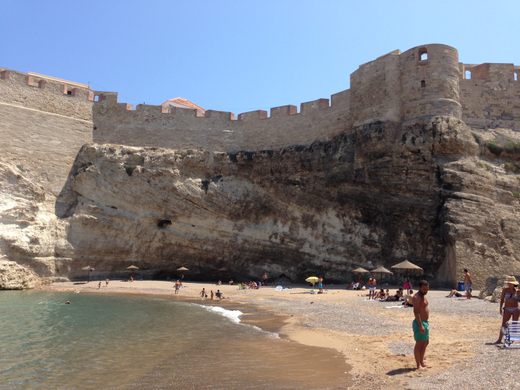
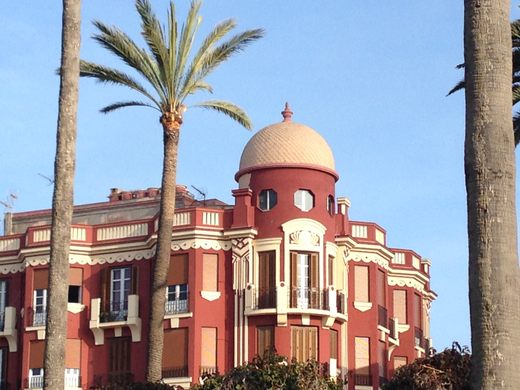
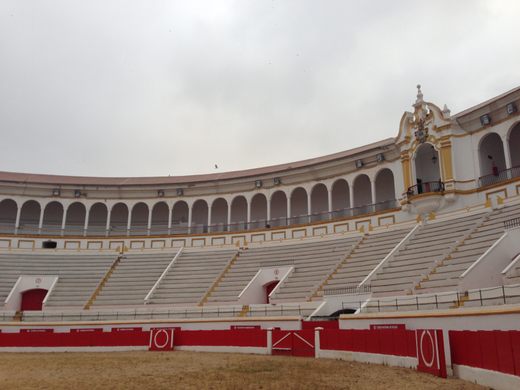
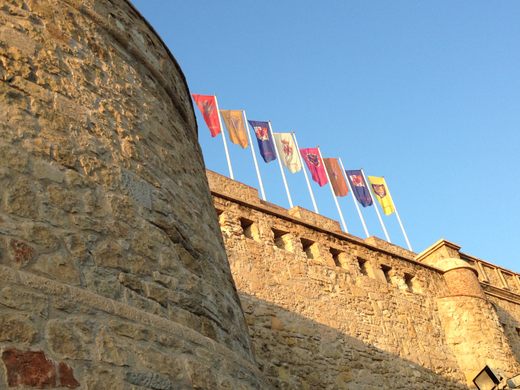
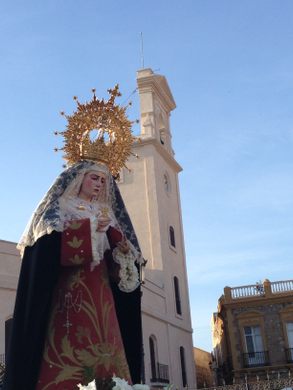

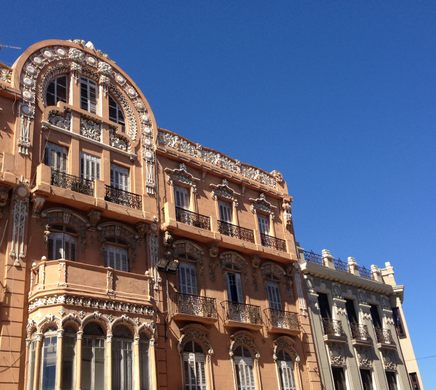


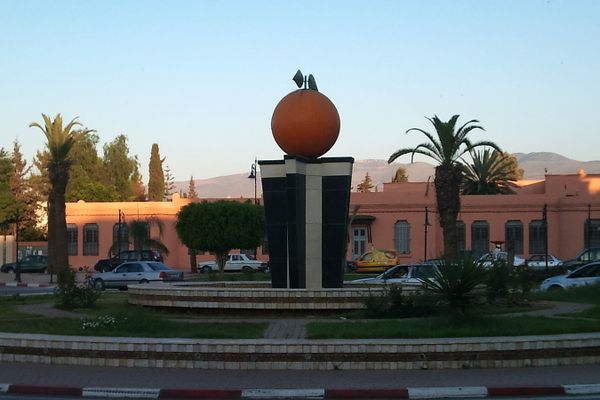
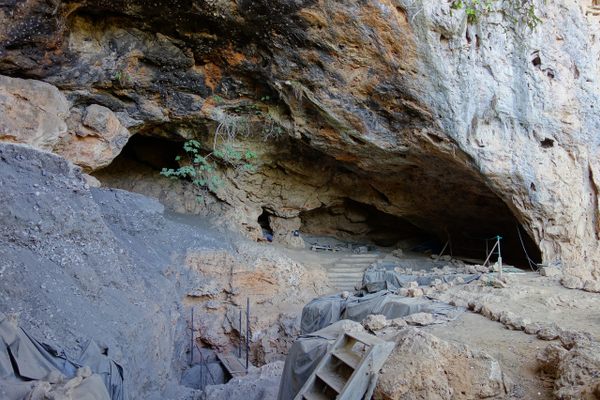



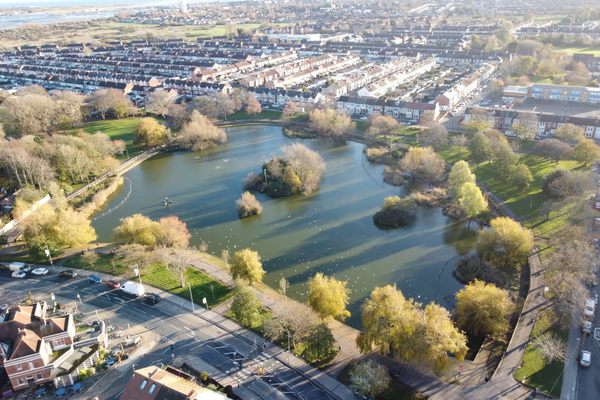

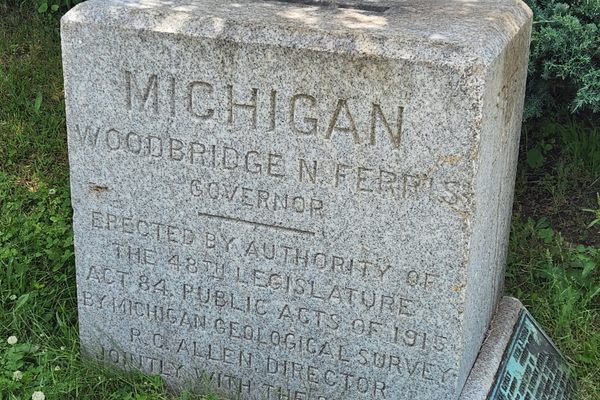

Follow us on Twitter to get the latest on the world's hidden wonders.
Like us on Facebook to get the latest on the world's hidden wonders.
Follow us on Twitter Like us on Facebook